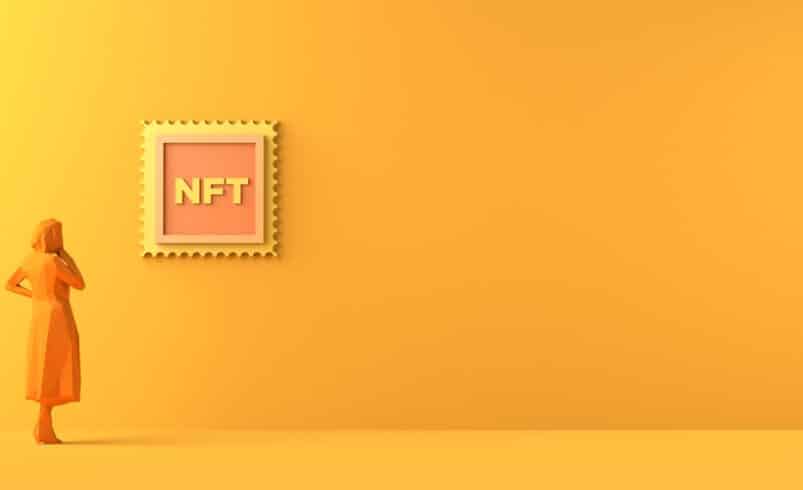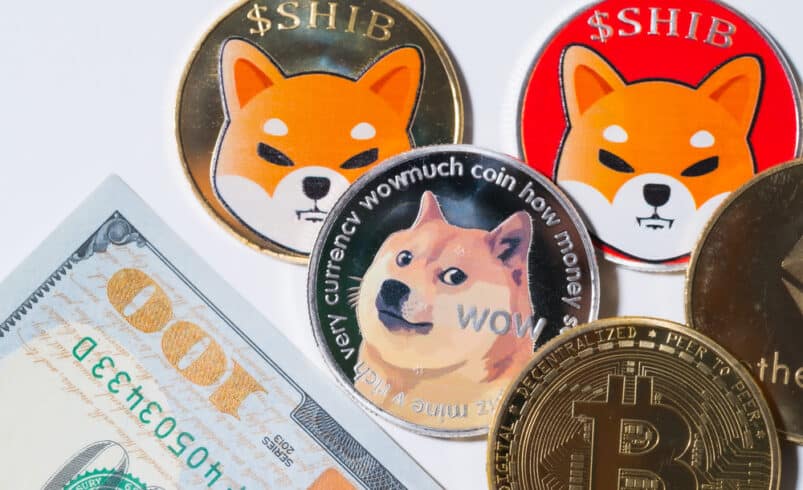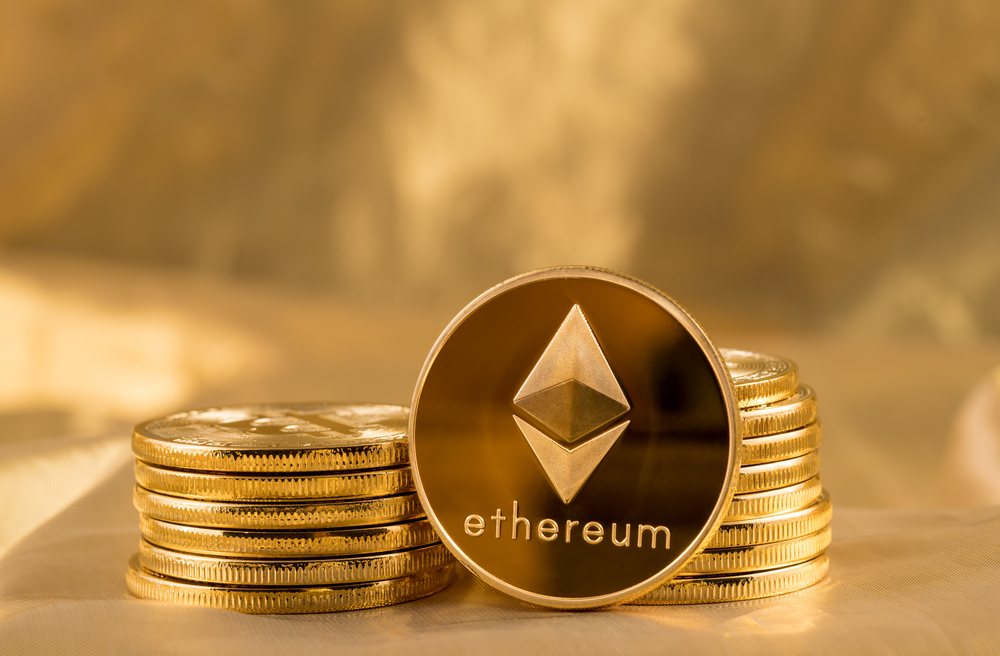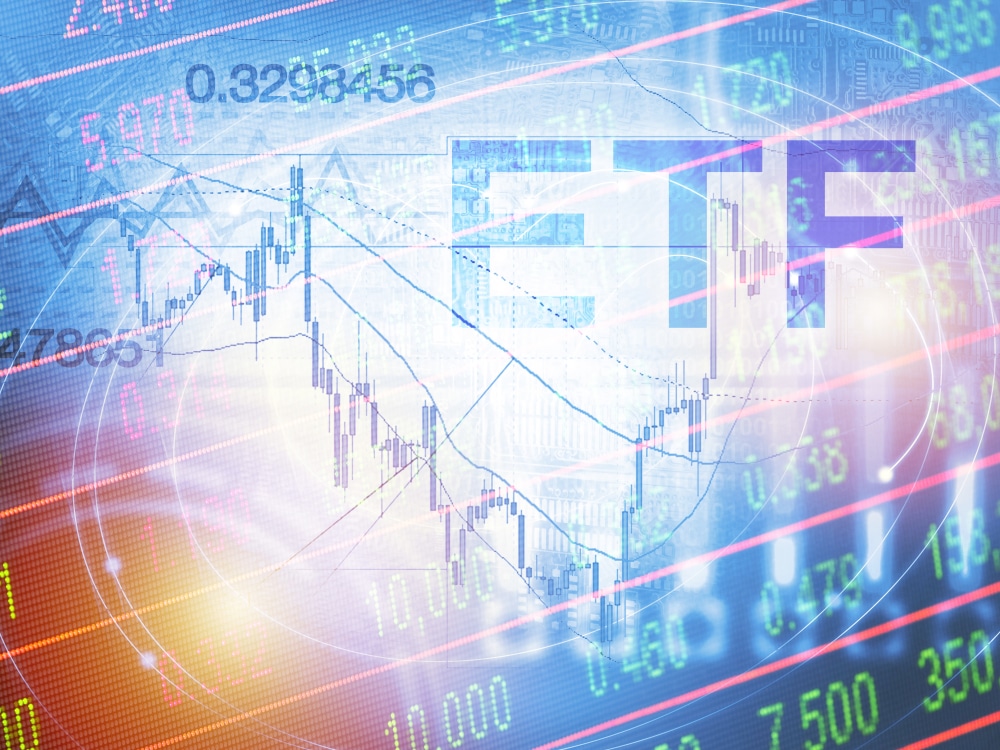What is a Utility NFT and How Does It Work?

What is an NFT?
It is important to understand what is an NFT first and the foremost? NFT stands for non-fungible tokens meaning that they are digital files that cannot be replicated. NFTs are also like cryptocurrencies but they have the additional ability to contain aesthetic information such as audio, video, GIFs, images, and more, etc.
Utility NFTs are a type of NFT that are classified as digital assets granting the buyers to unlock exclusive perks, rewards, bonuses, or experiences, etc.
NFTs were brought to the public attention in 2021. This digital product was able to capture the attention of artists on account of its ability to host projections in a decentralized manner on a blockchain network.
NFTs are usually associated with high-price art and limited-edition projects. However, NFTs were first introduced in 2014. The biggest turning point for NFTs arrived when a digital artist Beeple sold an NFT artwork named Everydays: The first 5000 Days for $69 million at Christie’s.
What is a Utility NFT?
At the time when NFTs were gaining traction among artists and niche sectors, there were many who criticized the product for offering no intrinsic value. This led to the emergence of NFT 2.0. In this manner, value-added NFTs that also harbored a practical use case were created.
In this time period, NFT issuers tried to add a real-world use case with digital assets. In this manner, NFTs evolved from only aesthetics appearance to containing powerful products.
These products grant investors rewards and give them access to unlock exclusive features. Utility NFTs have a practical utility in addition to retaining their visual and artistic appeal. Traditional NFTs are traded on specified platforms or limited to a few compatible applications.
However, the value of general NFTs is produced out of their rarity and artistic demand among investors. At the same time, it has little to do with any function or real-world application.
On the other hand, utility NFTs have a real use case such as serving as virtual tickets for a digitally organized conference, summit, or exhibit. Another talked about utility of utility NFTs is in the virtual real-estate sector.
Different types of Metaverse projects have developed a 3D environment using NFTs. In this manner, users are able to legally purchase digital land in hopes to generate ad revenue in the future based on the total number of visits.
How do Utility NFTs Work?
Utility NFTs are based on the idea that they offer more than the conventional form of digital proprietorship. These products are inclusive of practical utility and tangible advantages for their investors that can warrant monetary returns via resale or generate passive income through possession. Utility NFTs are much like any other NFT but they also have the ability to operate like a utility token.
In this way, utility tokens are created and hosted on a blockchain but contain self-driven smart contracts. The utility of an NFT is defined by the issuer in advance and inscribed on the digital product during the coding process within its smart contract.
These smart contracts operate as an automation program that triggers based on preset parameters and performs the required functions such as the distribution of rewards or granting access to specified features.
Use Cases of Utility NFTs
Here are some of the most important and sought-after use cases associated with utility NFTs:
Video Games
There is a ton of work done in the realm of decentralized gaming. A lot of big gaming brands are heavily invested in creating games that have a play-to-earn model. In this area, utility NFTs are the most popular.
Within a blockchain-based decentralized gaming network, players may be able to create, sell, and trade various in-game items such as skins, themes, avatars, weapons, and more in the form of a utility token.
Access Rights
Utility tokens are also useful for issuing and selling access rights to investors via token sales. It can be in the form of attending a concert, exclusive exhibits, gaining direct access to athletes or other types of celebrities.
Tokenization
Utility tokens can be used to represent tokenized real-world assets. This makes tokenized assets accessible to a greater number of investors and also removes the global restrictions that could add value for firms and promote financial inclusion.
Virtual Real estate
Utility tokens are used in virtual real estate as a way to allow investors to legally purchase a portion of the digital world in the form of a utility token.
Conclusion
Utility NFTs have the potential to generate massive income for issuers. At the same time, they promote positive aspects such as financial inclusion, ease of access, and simple trading solutions.
On the flip side, investors should also beware of possible scams and regulatory concerns associated with individual utility NFTs and conduct their due diligence before investing.
Say hello to effortless trading with Finance Phantom. Harness the power of AI and boost your crypto gains.













